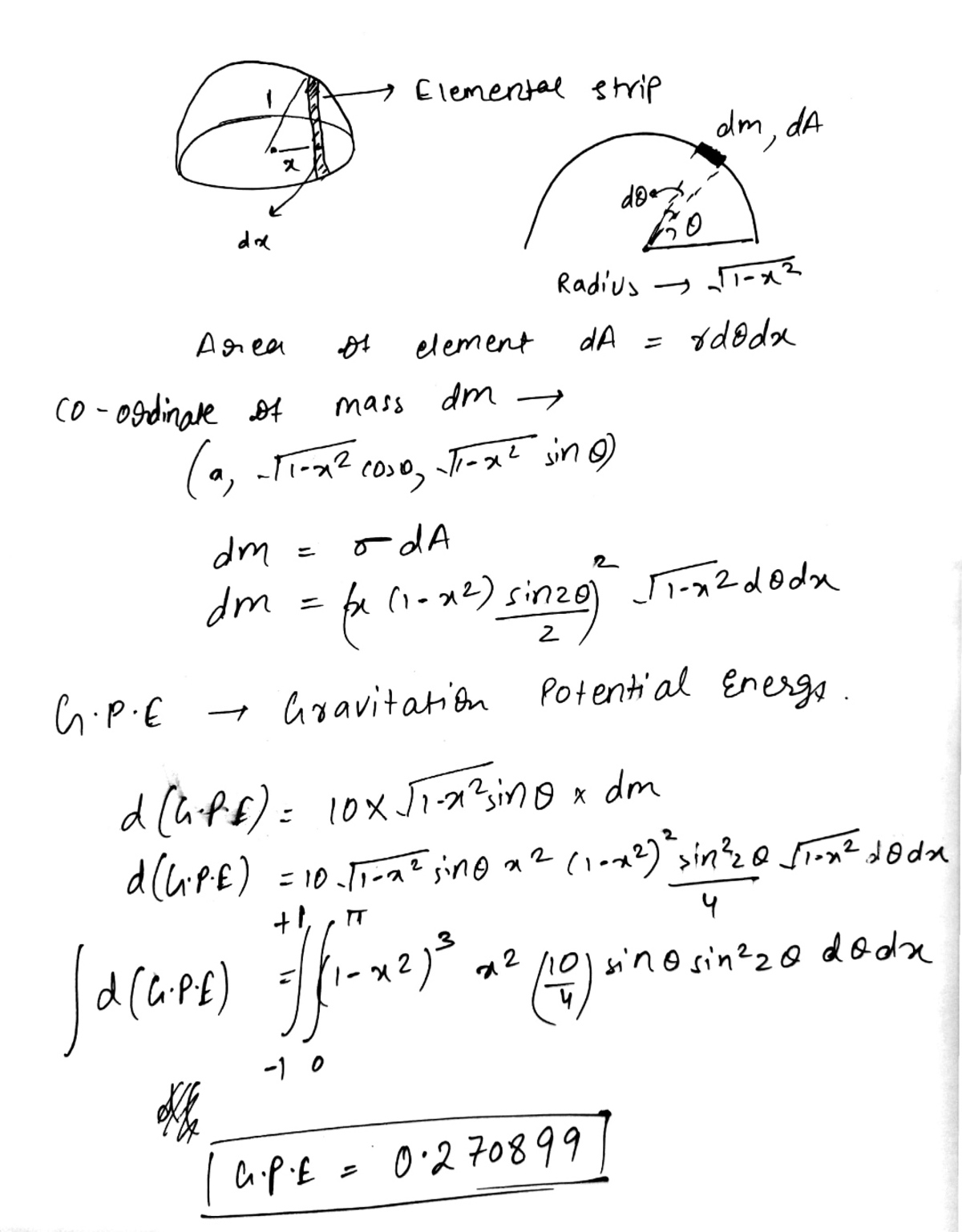Bicycle Physics - Find Constant Velocity
A bicycle enthusiast decides to design his own bike with one gear ratio. The length of the foot peddle arm is 12 inches from the axis of rotation of the front gear which is 8 inches in diameter. A chain then links the front gear to the rear gear which has a diameter of 4 inches. The bike rear wheel diameter is 29 inches. The rider weighs 200 lbs and is able to exert half of his weight to the peddle while seated. Assuming no acceleration once a constant velocity is achieved, what is his top sustained velocity in mph? Rolling resistance = 0.011. Drag coefficient is 1.0. Density of air is 0.0735 lb-mass/ft^3. The projected area of the bike and biker is 5.5 sft. Assume the bikers weight is evenly distributed between both wheels.
The answer is 9.5.
This section requires Javascript.
You are seeing this because something didn't load right. We suggest you, (a) try
refreshing the page, (b) enabling javascript if it is disabled on your browser and,
finally, (c)
loading the
non-javascript version of this page
. We're sorry about the hassle.
2 solutions
@Steven Chase my answer is not matching with your new question's answer of shell potential energy and I have last try also
Here is my solution.

Log in to reply
Here is the math structure I used:
x = cos θ sin ϕ y = sin θ sin ϕ z = cos ϕ 0 ≤ θ ≤ 2 π 0 ≤ ϕ ≤ π / 2 d S = sin ϕ d θ d ϕ d m = ρ d S
Log in to reply
@Steven Chase Okay! But What's the fault in my approach?
I see there is a solver now. Is it you?
Log in to reply
@Steven Chase No Sir I can predict that he will Karan Chatrath.
@Steven Chase Sir I was making a question. A ball is projected upwards straight. Till the upward motion what is it's expected Potential energy.
Log in to reply
You mean the average potential energy, over time?
Log in to reply
@Steven Chase – @Steven Chase YEAH!
Log in to reply
@A Former Brilliant Member – Yeah, that would be a good one
Log in to reply
@Steven Chase – @Steven Chase Sir, My feelings were saying that we can't do that method that we find the middle height and do P = m g 2 h . Well I am also thing. BTW I have uploaded the solution of shell potential energy.
Log in to reply
@A Former Brilliant Member – It would be best to just do the integral, rather than trying to simplify. Nice job on the other one, as well.
Log in to reply
@Steven Chase – @Steven Chase Sir what's your answer coming of this average potential energy?? First you tell then I.
Log in to reply
@A Former Brilliant Member – You can go ahead and post it
Log in to reply
@Steven Chase – @Steven Chase Have a look.
Log in to reply
@A Former Brilliant Member – Good one. I solved it
Log in to reply
@Steven Chase – @Steven Chase Thanks. Now I am making one more. In that I will through a ring upward in z direction and gravity will act -z direction. And ring's plane will lie in x-z plane. I will upload it on (29April 5:00AM Indian time) . Btw Good night
Yes, I SAW the answer, but I had entered 13.9 which was correct, in feet/s. The problem didn’t specify units, although mph was, retrospectively, a better choice. Nice problem.
Oh, no I see that it did ask for mph! Oh well. My approach was similar, but I set the input power (torque x pedal rotation speed) to match the resistance power (rolling friction/drag x velocity). 😀
This was a fun problem. I ran the simulation through time for long enough for the speed to reach a steady state. Simulation code is attached. A graph of speed vs. time is also included.